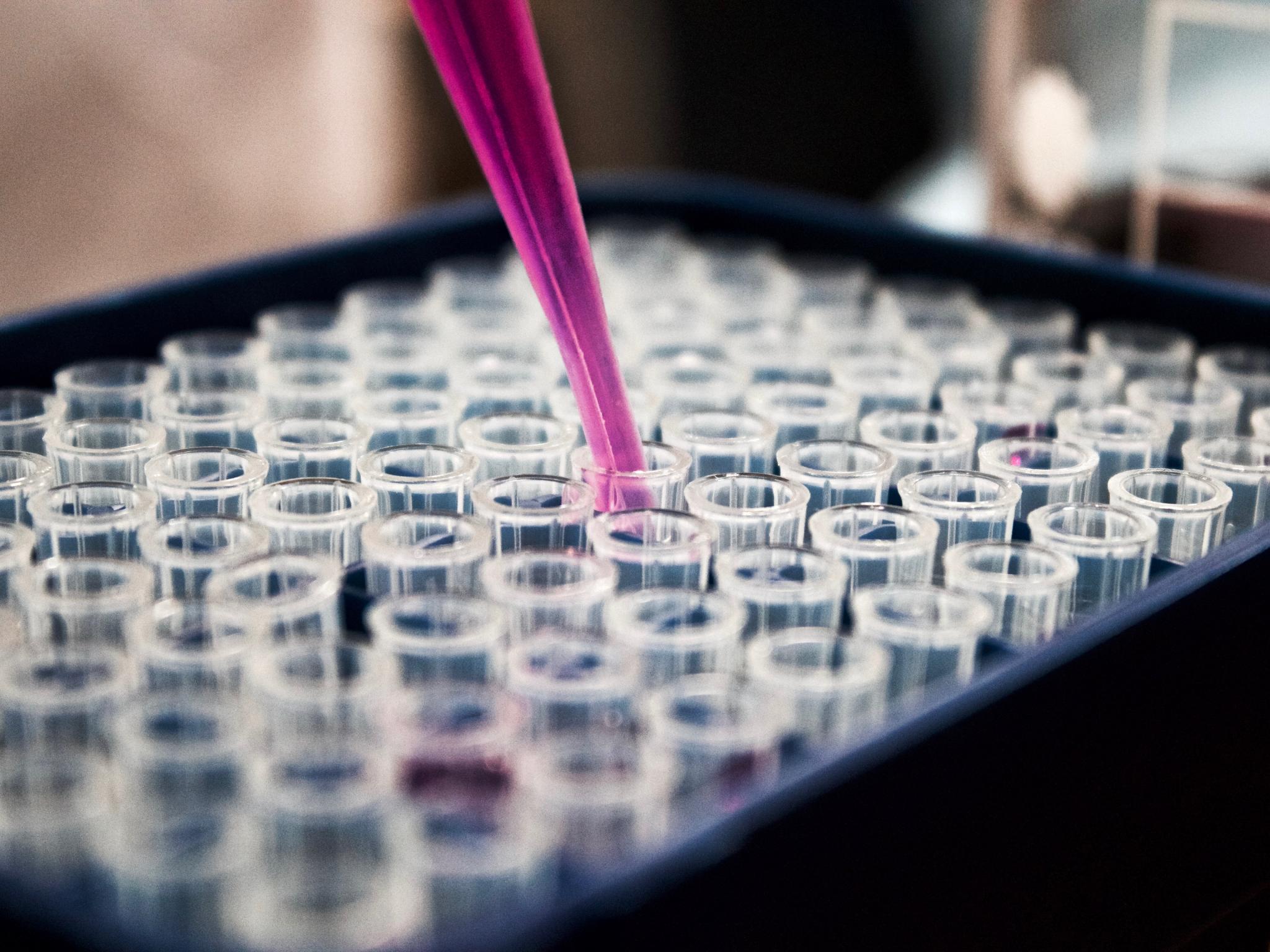
Incannex Healthcare Limited (NASDAQ:IXHL) (ASX:IHL), a clinical-stage pharmaceutical company developing medicinal cannabinoid pharmaceutical products and psychedelic medicine therapies for unmet medical needs, has completed an analysis of data from the Phase 2 proof-of-concept clinical trial investigating IHL-42X for treatment of obstructive sleep apnea ('OSA'). IHL-42X reduced apnea-hypopnea index ('AHI'), improved patient-reported sleep quality and was well tolerated.
The clinical trial assessed three doses of IHL-42X at reducing the AHI in patients who suffered from OSA. Data was also collected for other aspects of sleep quality, THC clearance and safety. Trial participants received each of the three doses of IHL-42X and placebo across four seven-day treatment periods, separated by one-week washout periods. At the end of each treatment period, they attended the clinic for an overnight sleep study where AHI was determined, along with other measures of sleep quality, quality of life and drug safety.
The study was conducted at the University of Western Australia Center for Sleep Science and The Alfred Hospital. A total of eleven participants were recruited for the study and ten participants completed treatment periods. The crossover design of the study permitted Incannex to generate high-quality data with a reduced participant number compared to a conventional parallel-arm study.
Each participant serves as their own internal control and inter-participant variation is eliminated. Data analysis was completed by Novotech, the contract research organization responsible for the management of the study, as well as the Incannex scientific research team, led by chief scientific officer Dr. Mark Bleackley.
AHI is a measure of the number of times per hour a subject's airway is blocked (apnea) or partially blocked (hypopnea). It is the main criteria used to diagnose and monitor OSA.
Oxygen desaturation index is the number of episodes of oxygen desaturation per hour of sleep, with oxygen desaturation defined as a decrease in blood oxygen saturation (SpO2) to lower than 3% below baseline. Reduced oxygen uptake is a key component of the pathology of OSA and contributes to daytime sleepiness and the long-term health consequences associated with OSA.
Highlights:
-
Low dose IHL-42X exhibited superior safety and efficacy metrics to mid and high doses
-
Low dose IHL-42X reduced AHI by an average of 50.7% compared to baseline with 25% of participants experiencing a reduction in the apnea-hypopnea index of greater than 80%
-
Oxygen desaturation index was reduced by 59.7% relative to baseline while taking low dose IHL-42X, improving sleep quality and reducing cardiovascular stress
-
In low dose IHL-42X samples, THC concentrations in blood were well below the limits for impaired driving the morning after dose administration
-
IHL-42X was well tolerated – low dose IHL-42X was observed to have a lower number of total treatment-emergent adverse events than placebo
-
Low dose IHL-42X reduced AHI substantially more effectively than is reported for the component active pharmaceutical ingredients, dronabinol and acetazolamide, as unregistered monotherapies.
Photo by Louis Reed on Unsplash
Related News







